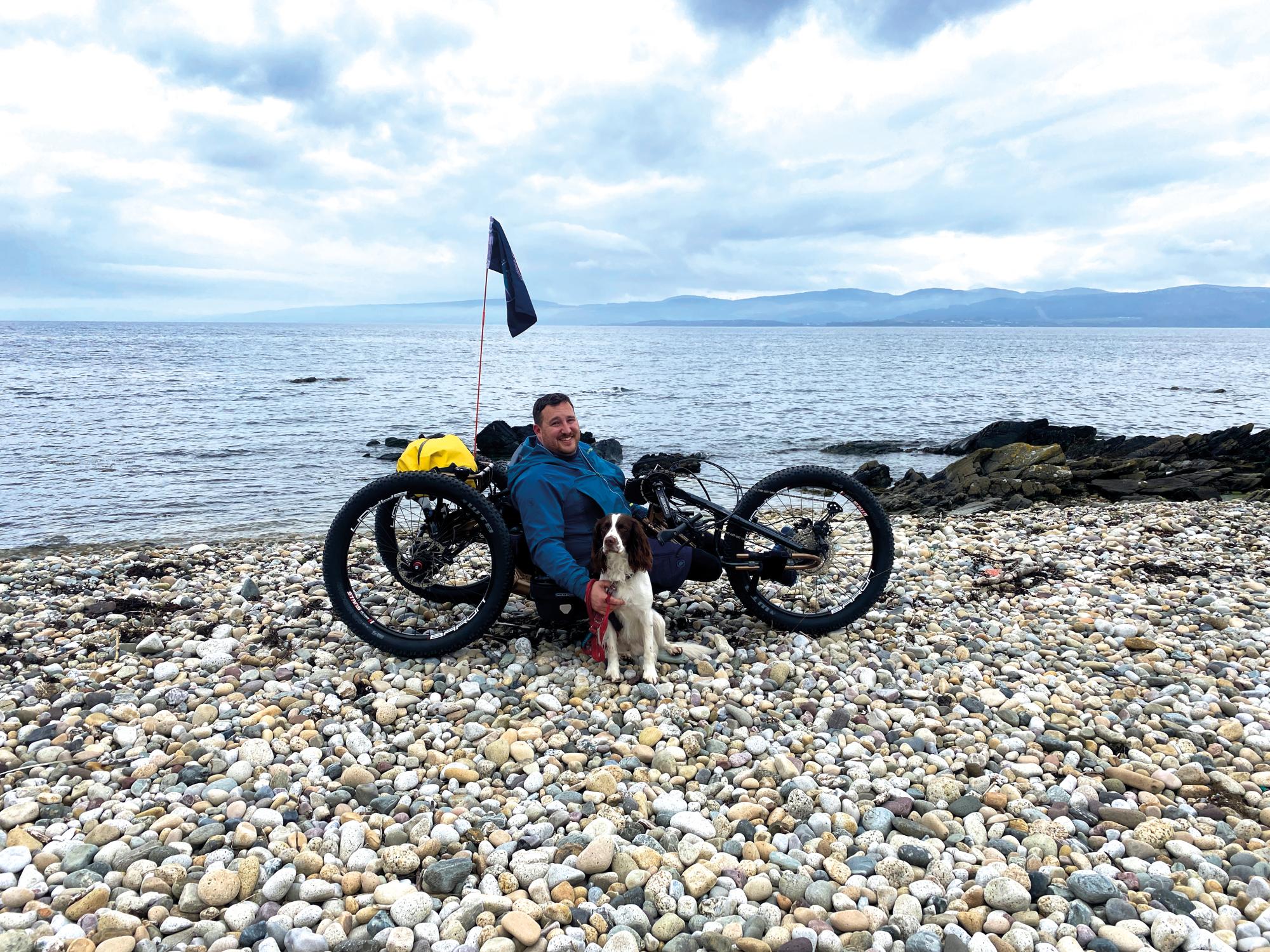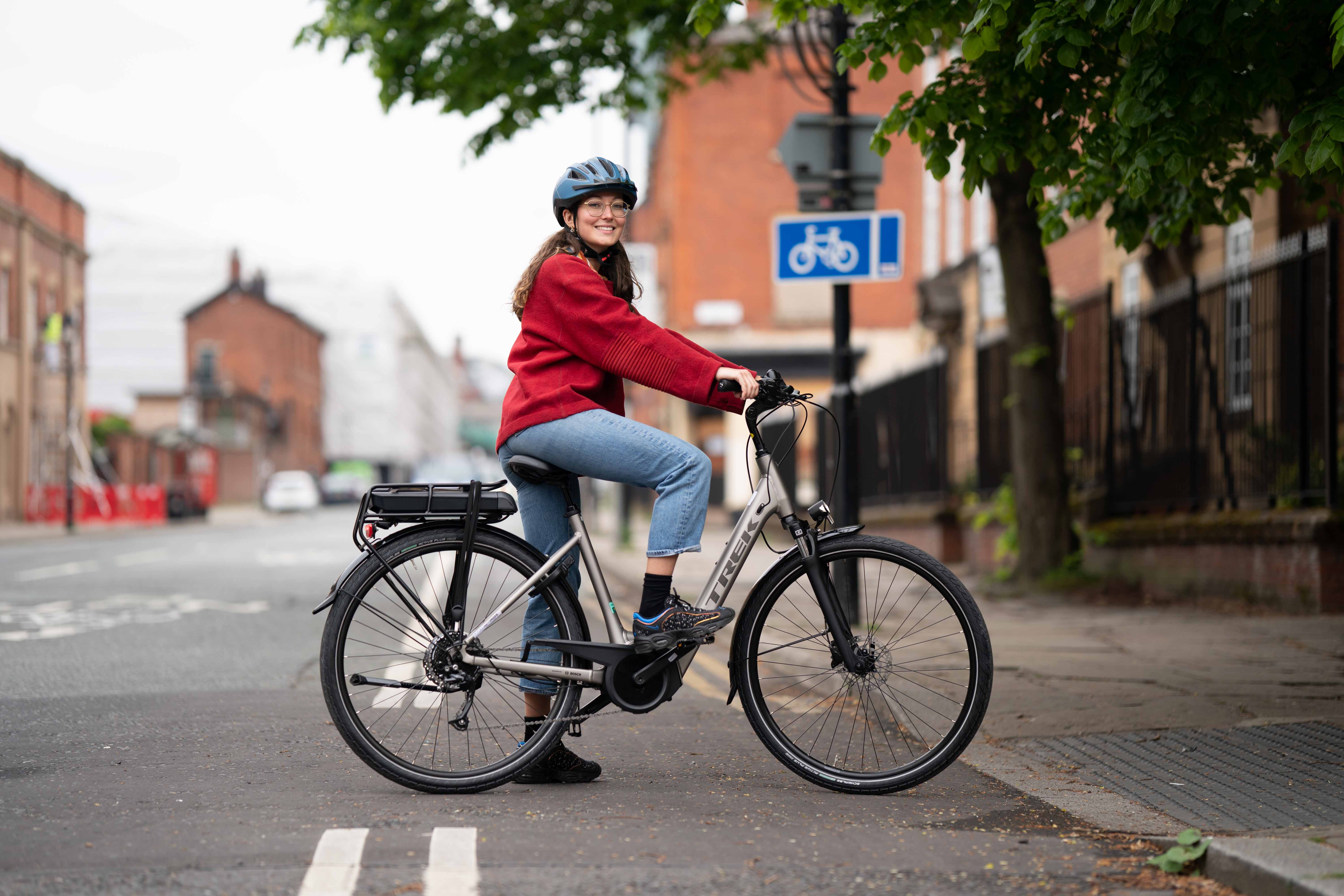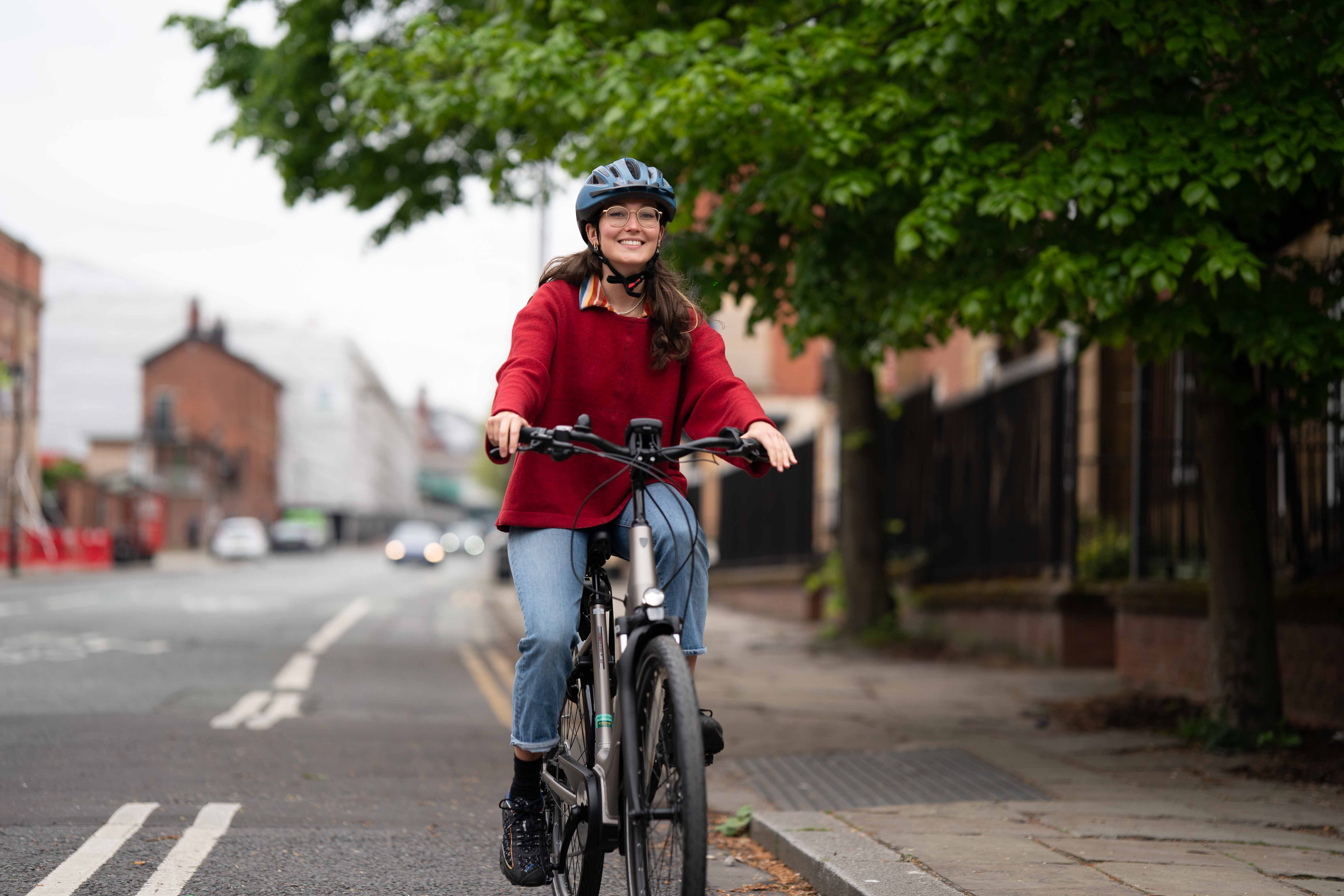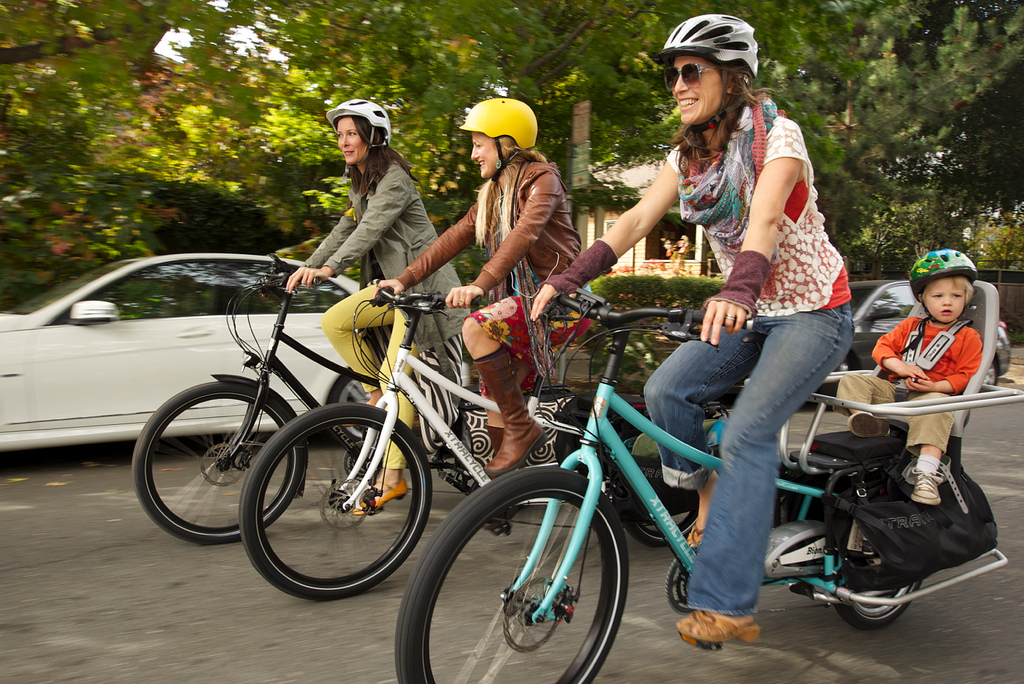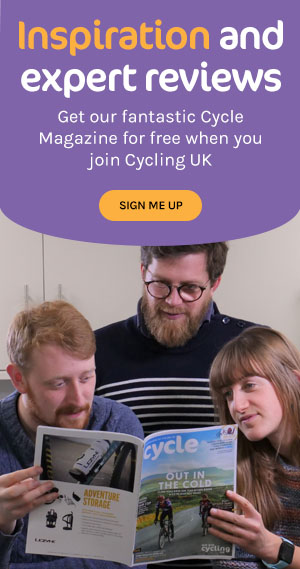Great Rides: e-asy rider
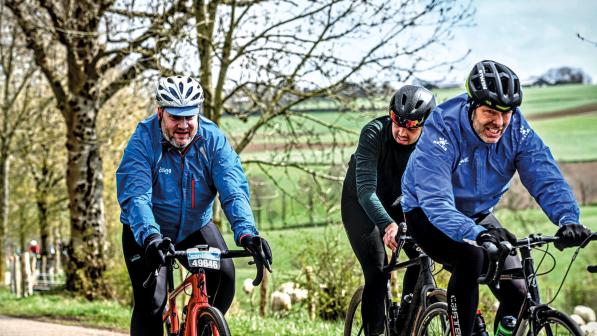
"Pump up the jam, pump it up…” I’m riding the Amstel Gold Sportive in the Netherlands, and so of course there’s Europop. I hear it from the switchback road that climbs through as-yet naked vineyards. I hear it louder as I round a corner and see the sound system. Technotronic’s late ’80s hit is booming out of speakers that probably use more Watts than my e-cycle.
My e-cycle. That’s what’s allowing me to enjoy my first post-coronavirus-lockdown cycling weekend in April 2022, despite a lack of fitness. I’m scything through a field of cyclists, passing fitter riders, much to my delight and their surprise.
While lockdown gave people the time to learn a new language, build a garden office or pretend that they had paddle-boarded their whole life, I went the other way. I neglected the bike. There, I’ve said it. I’m not proud of myself.
My cycling has for the last few years been fitted around a pre-teenage family and a menagerie of pets. But each year’s calendar had a spring Continental sportive weekend marked on it. Paris- Roubaix, Tour of Flanders, etc. My time. These dates were the catalyst for a month of last-minute training, which always saw me through. Irregular commuting during lockdown had robbed me of my base fitness, however. I still wanted my sportive weekend fix – big ride, beer and frites, watching the professionals the day after – but was not on starting-line form.
Should I just be a spectator? Drop to the lowest distance? Or, hang on, accept some assistance? Electric assistance: literally cycling made e-asy. The shortest route for the hilly Amstel Gold Sportive was 80km, just on the quoted range for my e-bike.
I was Holland bound.
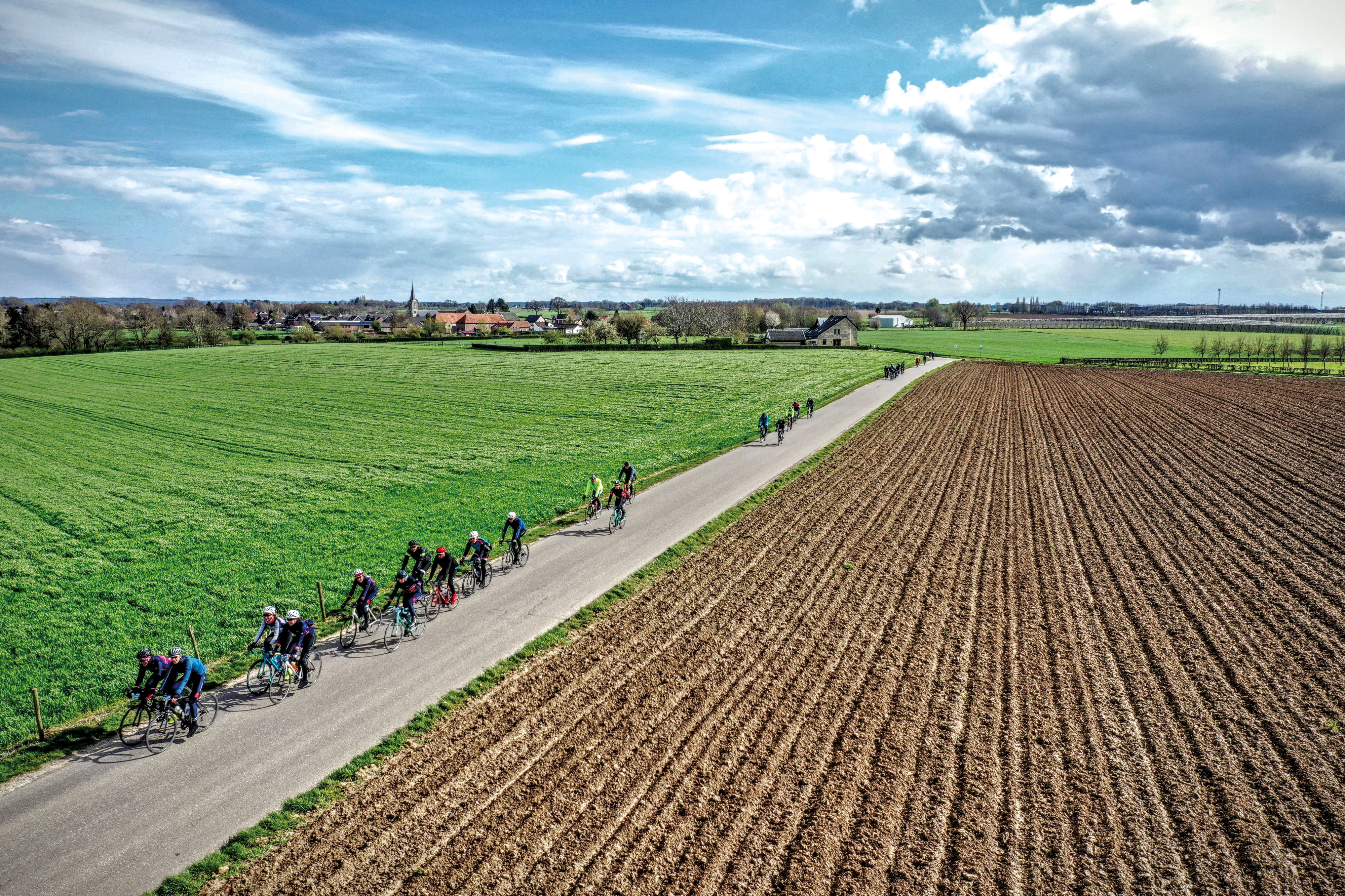
Dutch courage
The Amstel Gold Toerversie (sportive) takes place the day before the Netherlands’ biggest one-day classic. Sponsored by the national beer, Amstel, it’s one of Northern Europe’s early season races. Riders can experience four seasons in one day: snow, wind, showers, and low sunlight. It’s raced over the short steep ‘bergs’ or climbs that punctuate the area, the most famous being the Cauberg in the picturesque town of Valkenburg.
Isn’t Holland flat, with windmills and everyone riding shopping bikes? Nord Holland, yes, but this is Limburg, the southernmost of the Netherlands’ 12 provinces. It’s right by the border with Belgium.
Yet the Dutch respect for cycling is evident even here, 200km from Amsterdam. Cycle lanes run parallel to well-maintained roads or take up wide, designated sections upon them. While the roads aren’t closed for the sportive, patient drivers give way to cyclists where bike lanes cross junctions.
An impressive 15,000 people had signed up for the sportive and were swarming like bees as we made our way to the start in Valkenburg. The route options were 80, 125, 150, 200, and 240km, all finishing back in Valkenburg. Ever-present event marshals waved us off.
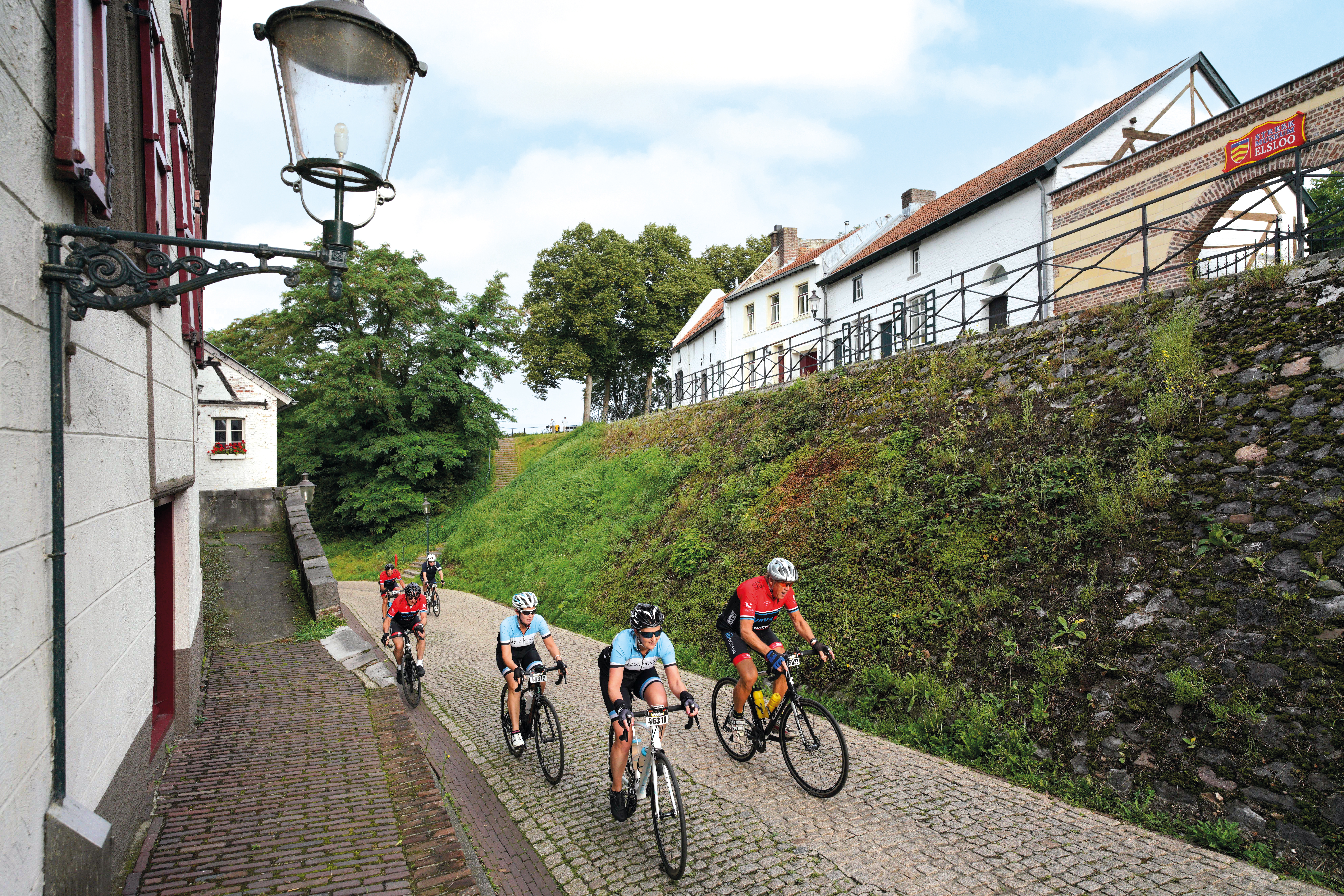
Power to the people
My riding companions were on non-electric bikes. The 8% gradient Geulhemmerburg climb after just 5km gave instant comparison. My Specialized Turbo Creo has three power-assist modes: eco, sport, and turbo. I chose turbo and surged ahead.
I didn’t do it out of spite but to reassure myself that I could manage the route and its upcoming climbs. I could. With the extra boost from the 240W motor, I pedalled up in a high cadence and with a smile on my face. I was ready to enjoy the next 80km.
The route took us into the countryside around Valkenburg, through hamlets with super neat gardens and lots of churches. There were quiet farm roads, beautiful meandering descents, and poker-straight climbs. Village squares had locals sipping coffee and chateaus emerging from the mist.
When engaged, the e-cycle motor made a notunpleasant hum. Passing riders invariably gazed down at my cranks. One 70-year-old chortled and reflected that he too might get an e-bike when he was older.
Unlike macho sportives like the Étape du Tour, the Amstel offered much more camaraderie. There were noticeably more women riding, as well as wider range of ages and abilities – including some, like me, who were not really fit enough to do it unassisted. That’s the moral of this story: the e-bike allowed me to do a ride I couldn’t otherwise have completed, alongside friends and a peloton of riders who were fit enough. And we were all riding the same roads the pros would race on the day after.
I wasn’t alone on my e-bike. There were many others doing the same, humming along with fitter clubmates. It was an egalitarian event, cycling made truly accessible.
The field of cyclists was stretched by the longest climb of the ride, the 3km, 9% slope of the Bergesweg. Others selected low gears and began to grind to the top. I picked sport mode; I want to feel the burn a bit, not just rev around. Wide vistas over sunlit fields distracted from the slog. Coming down I was on my own. The bike’s motor is limited to 15.5mph, so on descents or on the flat I had to do all the work myself to keep up with the faster riders.
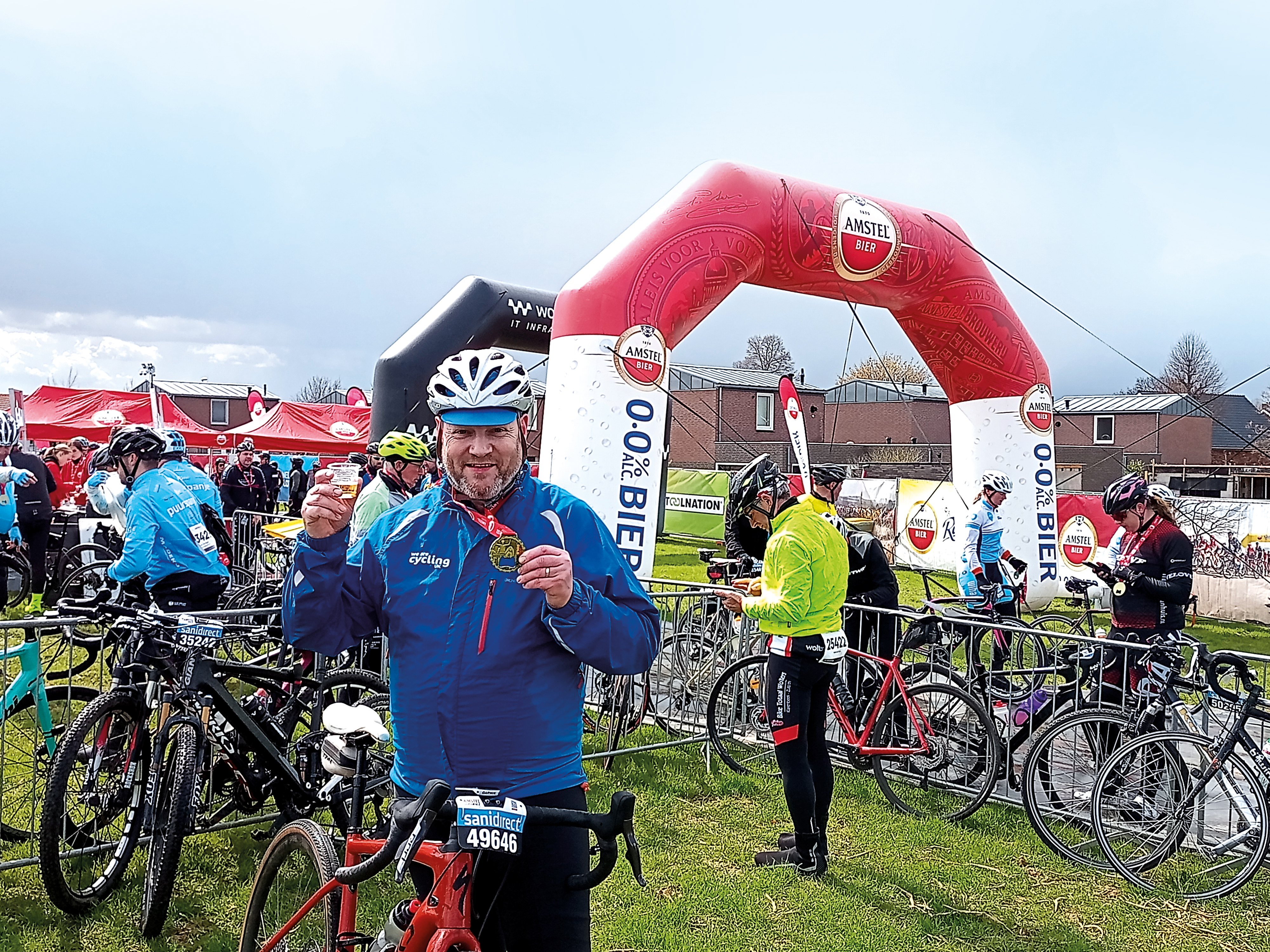
13% Remaining
At 64km into the route, the Siebergrubbe climb corkscrewed up through the houses on the outskirts of Valkenburg. Residents clapped in sympathy, knowing that the climb of the Cauberg was next. That’s where the race is usually decided. It’s 13%, just over a kilometre long, and the finish is right there. The pros sweep past bars and restaurants packed with fans enjoying the race sponsor’s beery delights. My inner child came to the fore: I’d attack the legendary finish I’d seen countless times on the telly. Here I felt a bit of a fraud. While fellow riders grimaced, I selected turbo mode…
Over the crest of the hill, the finish gantry loomed ahead. Pro cyclists’ names were written on the road. Finish line signs counted down: 500m, 300m…
Once over the line I was awarded my medal and handed a sample of Amstel Gold beer. Only one word describes the day: energiek, the Dutch for energised. It was a reconnection with the bike after coronavirus. I’d enjoyed lovely countryside, friendly people, the charming city of Valkenburg, and, of course, those helpful extra Watts.
Do it yourself: Riding the Amstel route
The route could be ridden anytime using the GPX file. Those familiar with the race would recognise the iconic climbs like the Cauberg. It would be a lovely area just to visit as there are lots of restaurants and pleasant, quiet roads but the sportive offers camaraderie. I travelled by car and ferry with two friends and our bikes. We drove from Dunkirk (3 hrs) although trains are available. We stayed near the start at Bungalow Park Schin op Geul in Walem, 5km from the start.

